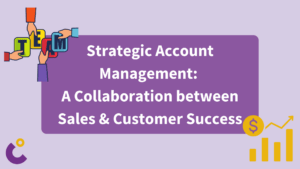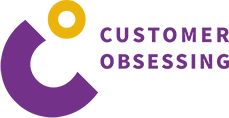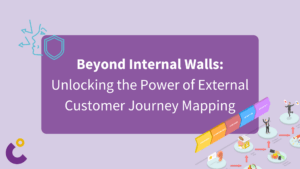
The First Step to Increasing Customer Loyalty: Adopt a Metric the Entire Company Can Use
Amy Downs
First Published: January 18, 2016
When I accepted the newly created role of Chief Customer Success & Happiness Officer at Lifesize, only one thing was clear: customers needed to be at the forefront of our business. For me, this was an exciting opportunity to put into action everything I’d ever learned about making customers happy and keeping them that way.
Implement Voice of Customer & Net Promoter System for Customer Happiness
The first task at hand was adopting a metric that Lifesize could rally around and simplified bringing the voice of our customers into the business. One that was tangible and rewarding for everyone involved. After considering Lifesize’s business model and product suite, the Net Promoter Score (NPS) quickly emerged as a measure that would offer the surest road to creating as many Lifesize fans as possible.
The two aspects involved with aligning your company to increase NPS.
First, buy-in from the C-suite is essential, mostly because improving NPS requires a total change to a company’s culture and operational rhythm. Across the board, employees have to be willing and able to change based on customer feedback, and the C-suite must support this shift.
Second, employees have to accept ownership for the fact that everything they do impacts NPS. Therefore they must be willing to overhaul the way they serve customers, based on the data at hand.
Once everyone is on board, the goal is to create as many Promoters as possible.
Focusing on What Works: Recognizing and Preserving Positive Experiences
At Lifesize, we started by surveying our customers, calling them to listen to their feedback and perform root-cause analysis on all the issues they brought to the table. Sometimes there was low-hanging fruit, such as customers who simply needed help discovering new features, or with the onboarding process in general. We also made sure to focus on the positive, as we didn’t want to break what was working well. Most importantly we were completely transparent with every Lifesizer, giving them complete access to all the feedback and giving praise to Lifesizers who were creating great experiences for our customers.
An Execution-Oriented Mindset: Driving Continuous Improvement
For larger issues, we made solutions a priority and assigned a lead to these initiatives to ensure resolution to complex cross-functional change. Even when we weren’t able to immediately solve a problem, we kept an execution-oriented mindset. This is what allowed for continuous improvement over time.
Accountability and Closing the Loop: Communicating Improvements to Customers
Once the feedback started rolling in – and especially once we started implementing our solutions to the larger problems – the final piece was accountability. For this, we circled back to each customer to close the communications loop. It was imperative to let them know we’d made improvements as a direct response to their feedback. We found the best way to do this was both direct interaction by the owner assigned to the issue and via newsletters & community posts to our entire customer base – not only to dissatisfied parties. At the heart of this effort, even the Promoters need to know we’re eager to hear their suggestions and will respond to them as soon as we’re aware.
As a result, Lifesize increased its transactional NPS by 1350% in one year.
Have you found similar success? We’d love to hear about it.
This might also interest you


Beyond Internal Walls: Unlocking the Power of External Customer Journey Mapping
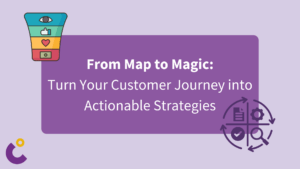
From Map to Magic: Turn Your Customer Journey into Actionable Strategies
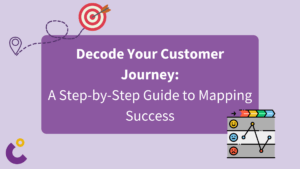
Decode Your Customer Journey: A Step-by-Step Guide to Mapping Success

Beyond the Score: Transforming Net Promoter into a Growth Engine – Net Promoter System
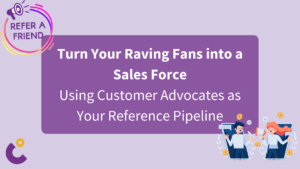
Turn Your Raving Fans into a Sales Force: Using Customer Advocates as Your Reference Pipeline
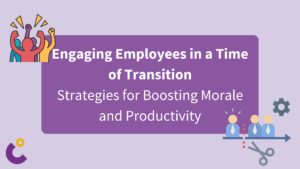
Engaging Employees in a Time of Transition: Strategies for Boosting Morale and Productivity
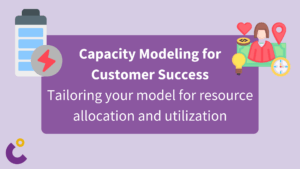
Capacity Modeling for Customer Success
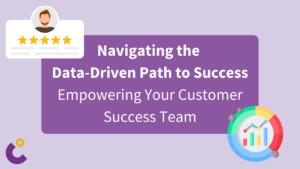
Data Driven Customer Success
